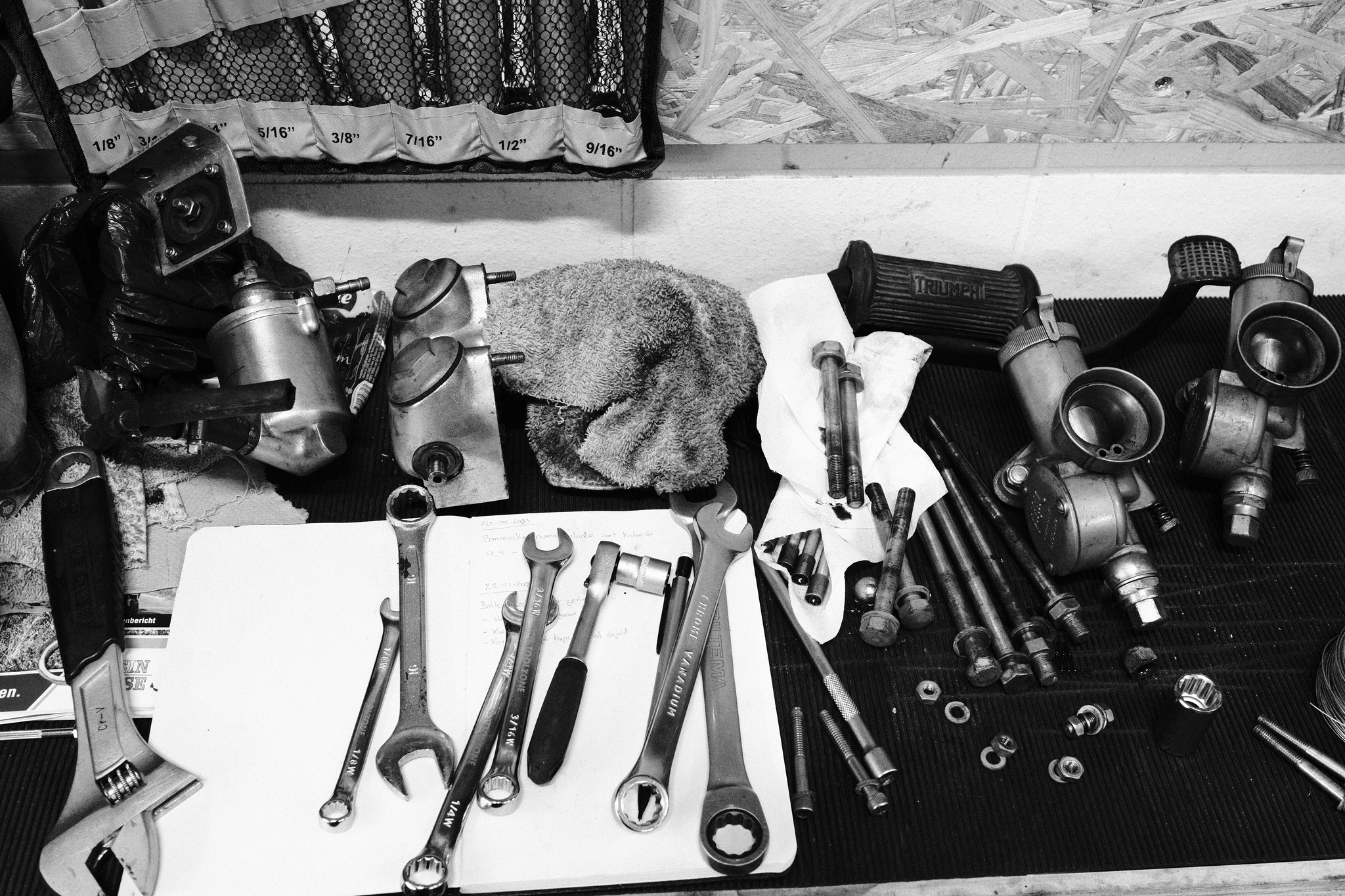Triumph Bonneville top end removal
November 25, 2023
We are close to December here in Denmark and driving season seems over. This means that it is time to get started on the winter projects. I have some smaller things I want to do to the Guzzi, but most of those are for looks and not really needed. That bike just runs and has done so for the entire year.
What does need some more serious work is the bike I bought unseen from an estate earlier this year. My 1959 Triumph Bonneville T120. I have got it running and got it registered, but apart from its ability to start on first kick, then it does not really run all that well. I have my doubts about both the magneto and the old carburetors with shared reservoir. It seems slow to me and runs worse as it gets warm. So as I know absolutely nothing about the state of the internals I decided to start by removing the head and see the state of valves, bores etc.
Seat
First I removed the seat. One of the projects over the winter is creating some sort of “bates competition” seat replica. The original seat has the right lines, but it is too wide seen from behind. And even given the wide nature of the seat it is not all that comfortable - so I will create a better fit for my style and taste. Removing the tank is annoyingly complicated by the fact that the carburetors limit the access to the rear two bolts. I need to see if I can find a solution that deals with this. The bike needs to be easy to disassemble and work on. I might need it.
Removing carburetors
Removing the carburetors is also somewhat straight forward. There is not too much room for the nuts and bolts - but it is doable. Someone has used metric bolts for one or two of them though. So that has to change. Removing the reservoir is also straight forward. I am contemplating replacing the old carburetor with new ones with individual reservoirs. As much as this shared reservoir is part of the distinct features of the first generation Bonneville, my aim is also to have a bike I can use and go for long rides on. So I won’t be tossing the old away, but keep them if I at some point decide to turn it back to original. But I will probably fit some more modern Amal carburetors, not the least to give a bit better performance.
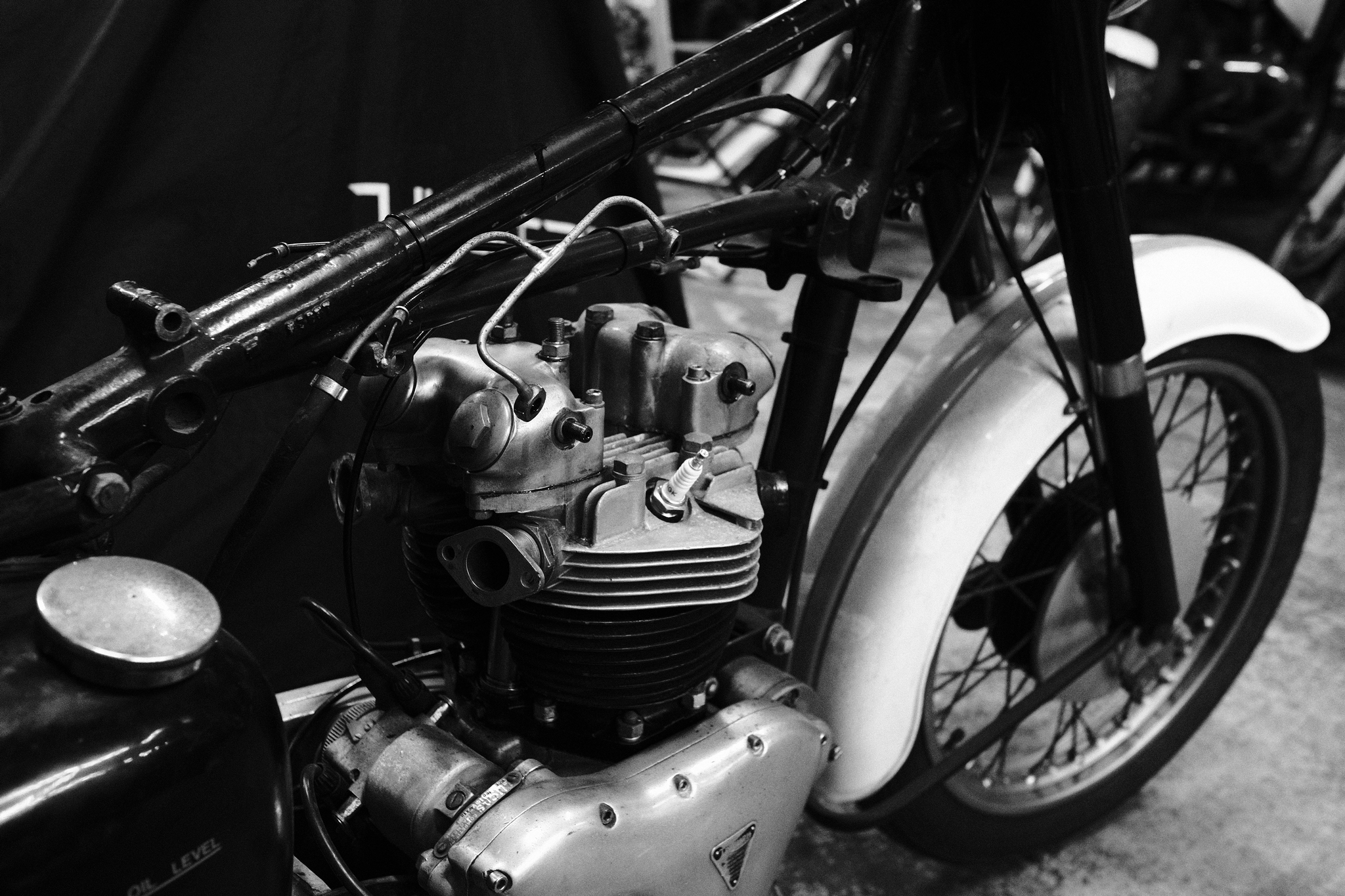
When the carburetors are removed it is a lot easier to unscrew the bolts on the underside of the head that holds the “rocker-boxes”. Then the only real issue is removing the left bolt for the rear rocker-box as it cannot really clear the frame properly. But with it clearing the first down tube it is possible to lift the entire rocker-box and remove it with the bolt still inside the box.
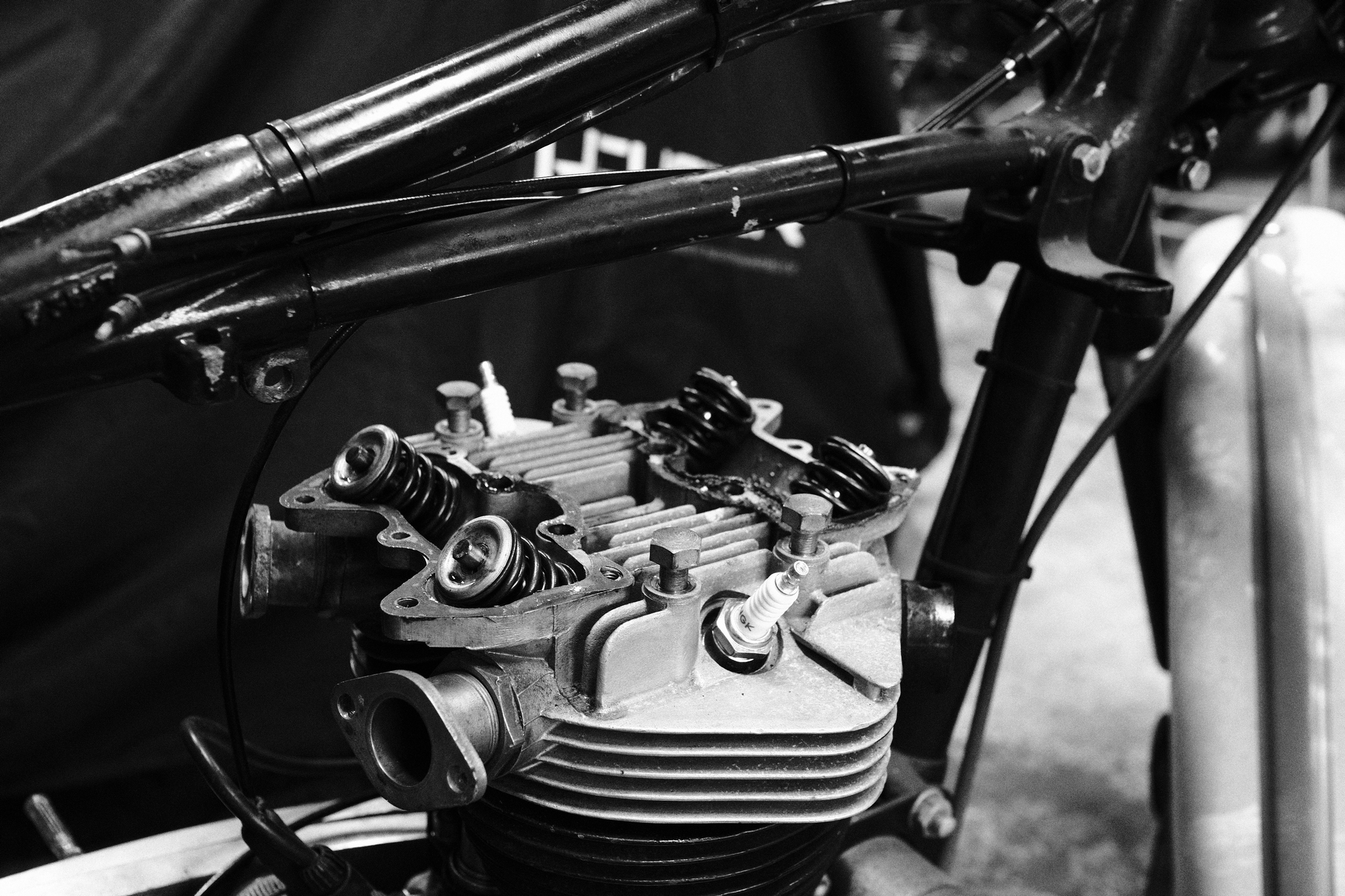
Once the rocker-boxer are removed, then it is as easy as unscrewing the last 4 bolts holding the head. I must however say that I was somewhat tricked by the fact that the bolts were held by the oil and vacuum. Meaning that I kept unscrewing the bolts as I could not pull them out and I was unsure about how much thread there was. I did not want to force them if they were bent either. But finally I used a bit of force to get them out and the finally let go and uncovered the fact that they had been held in place by the oil.
Removing head
Then it is as easy as lifting the head to reveal the state of the cylinders and head. And not too surprising there is a lot of bore-scoring.
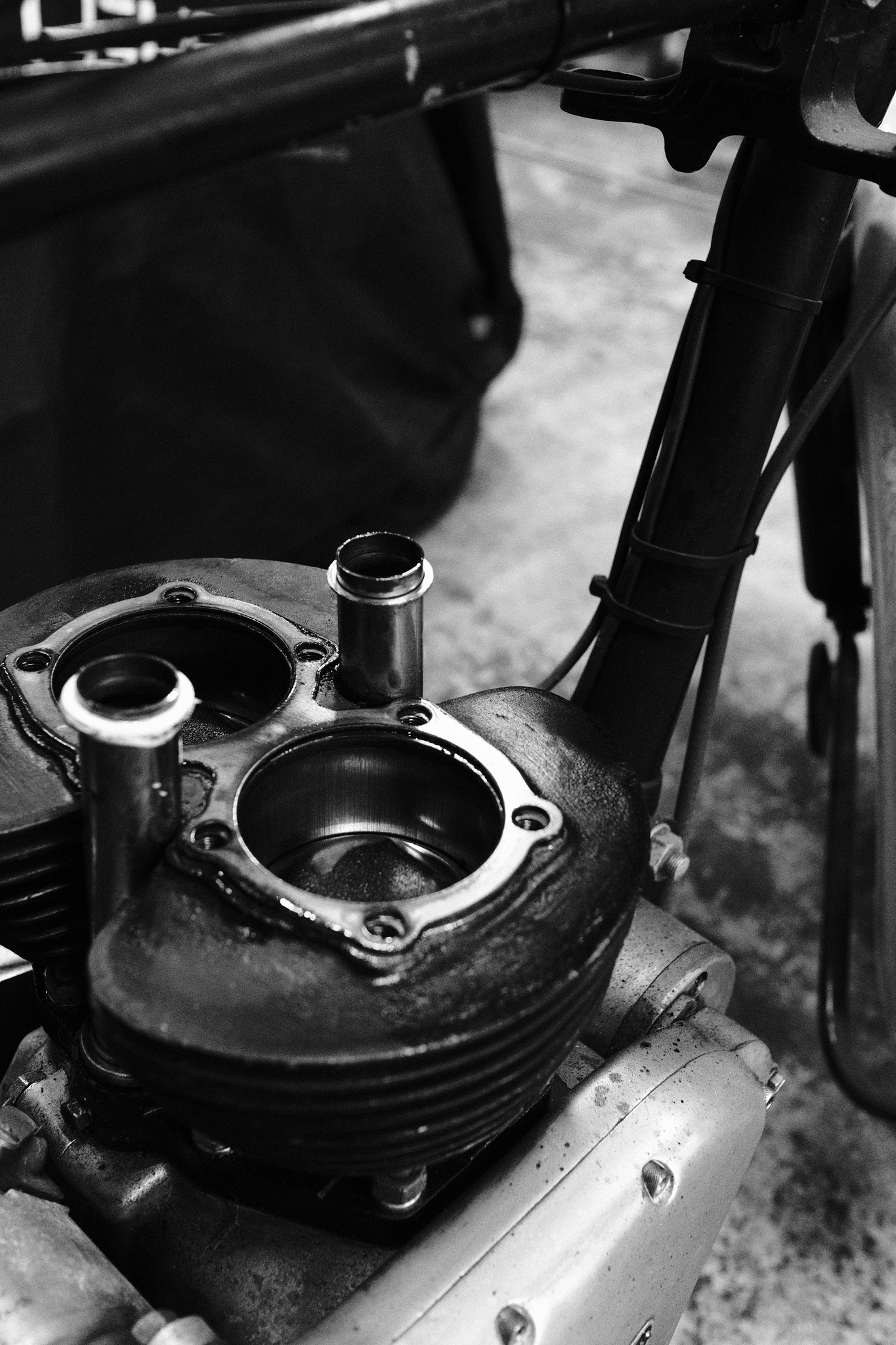
It is easily seen from the pictures and I can really feel the scratches in the cylinder walls. So the conclusion is that it was a good decision to open the engine.
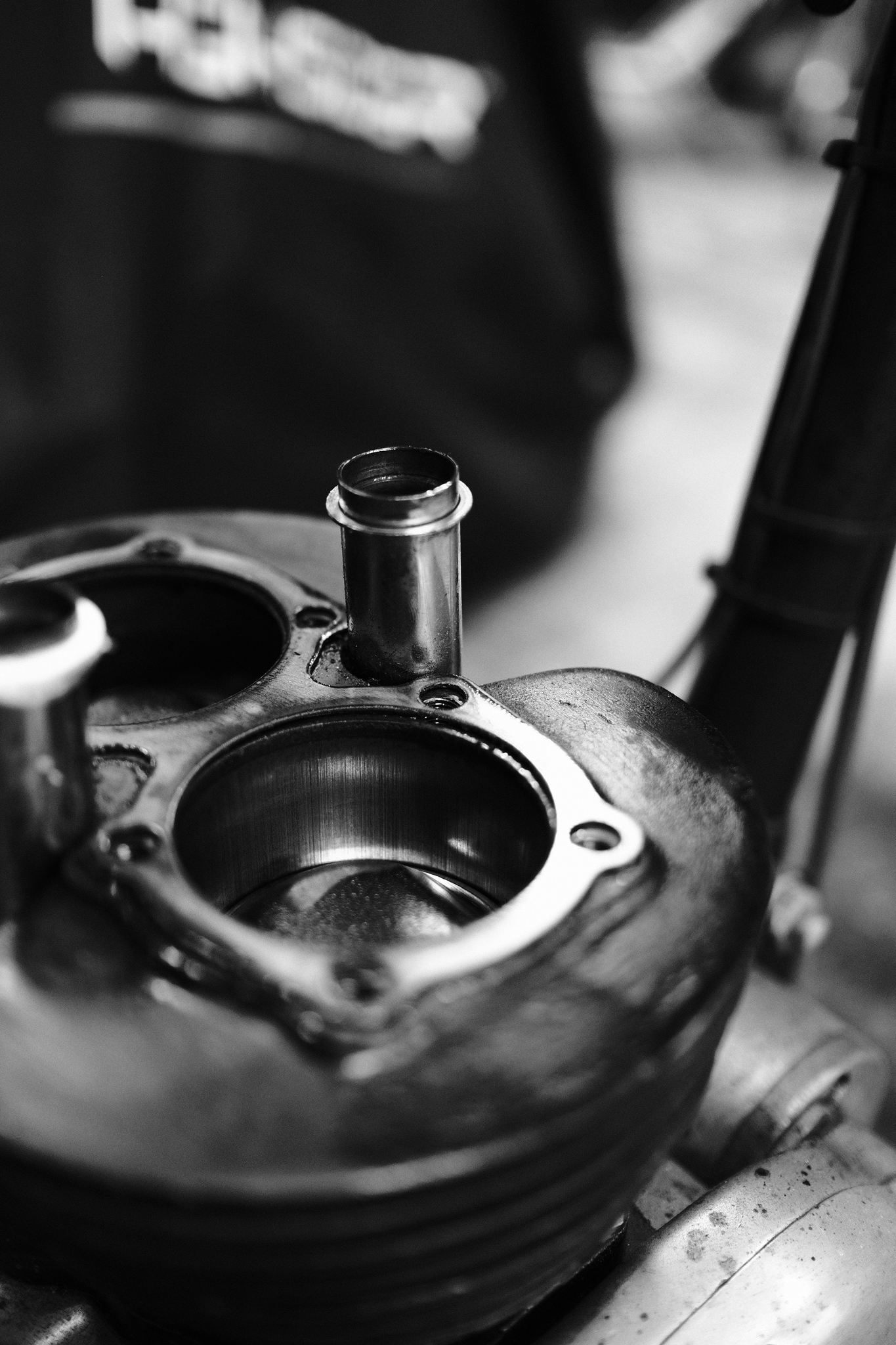
These marks in the cylinder wall can explain the rough running and lack of power. Seeing this also paints a picture of an engine that has not been properly rebuilt in a very long time.
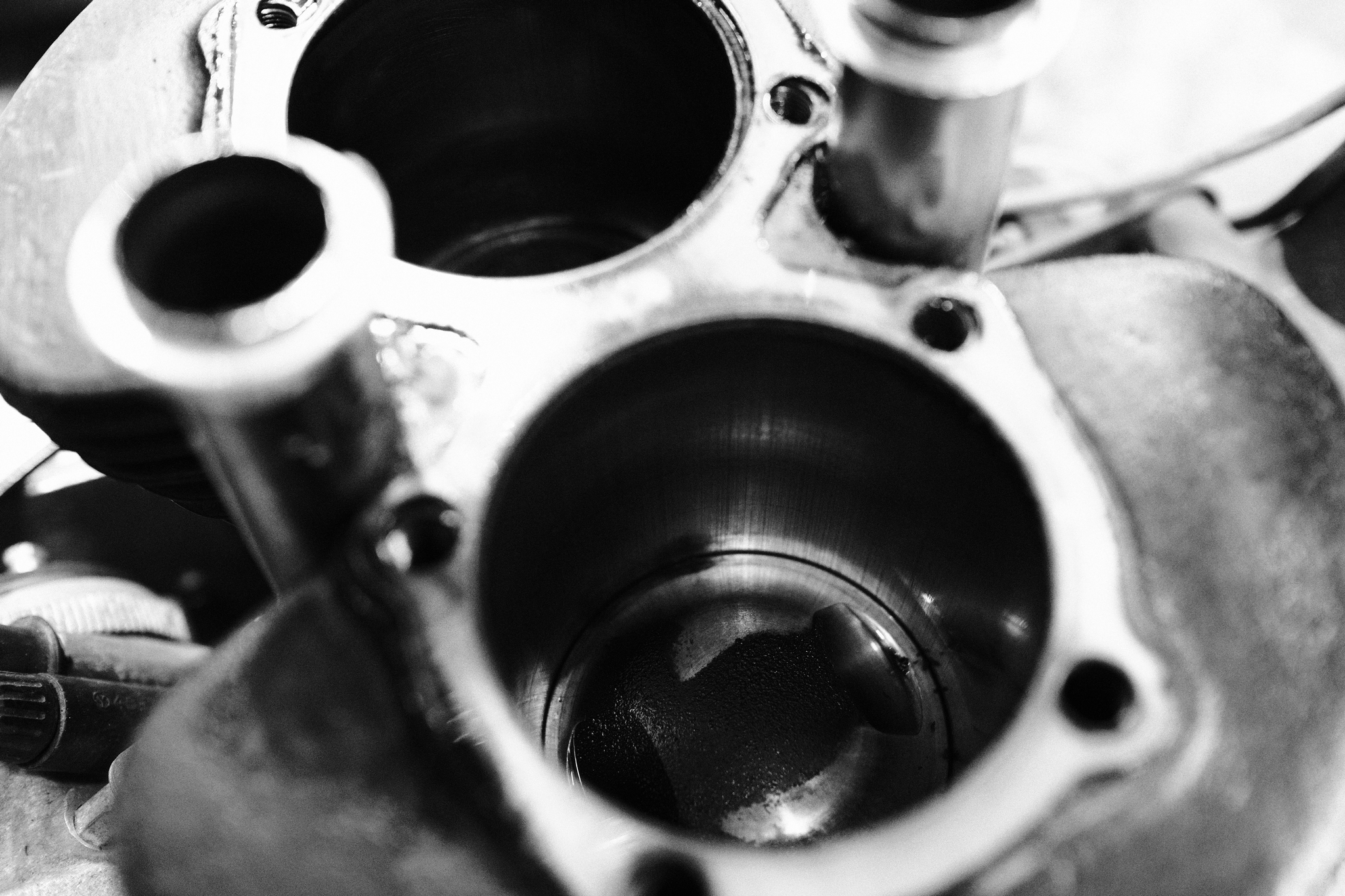
So I think the only good way forward is a full restoration. There is something about a “sludge-trap” on these old Triumphs. So even though I can try and feel if there is any issues with conrods or crank, then the sludge-trap-problem speaks to a full disassembly of the engine.
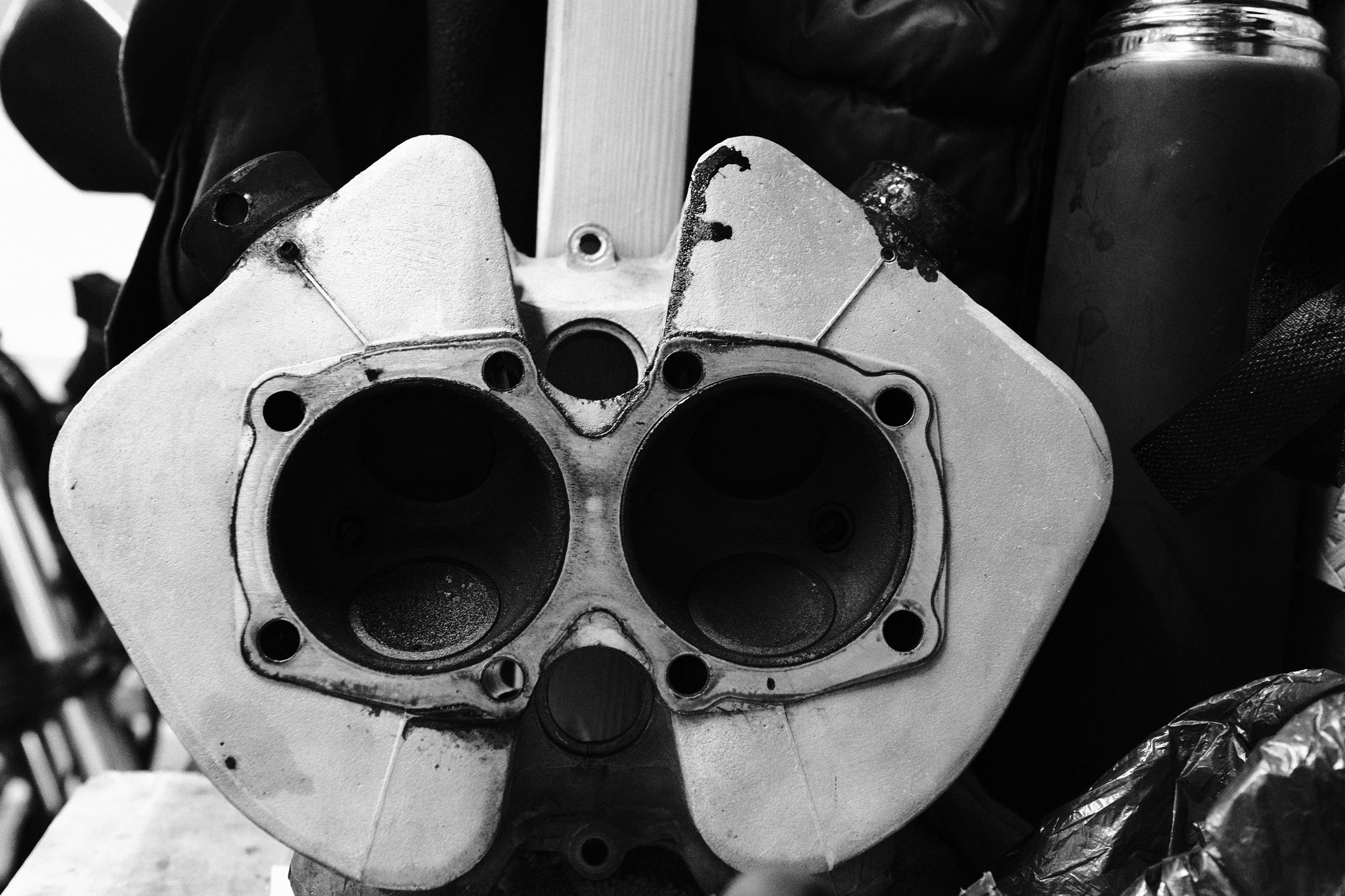
Luckily there is a full winter to do this and I really like working on engines.
